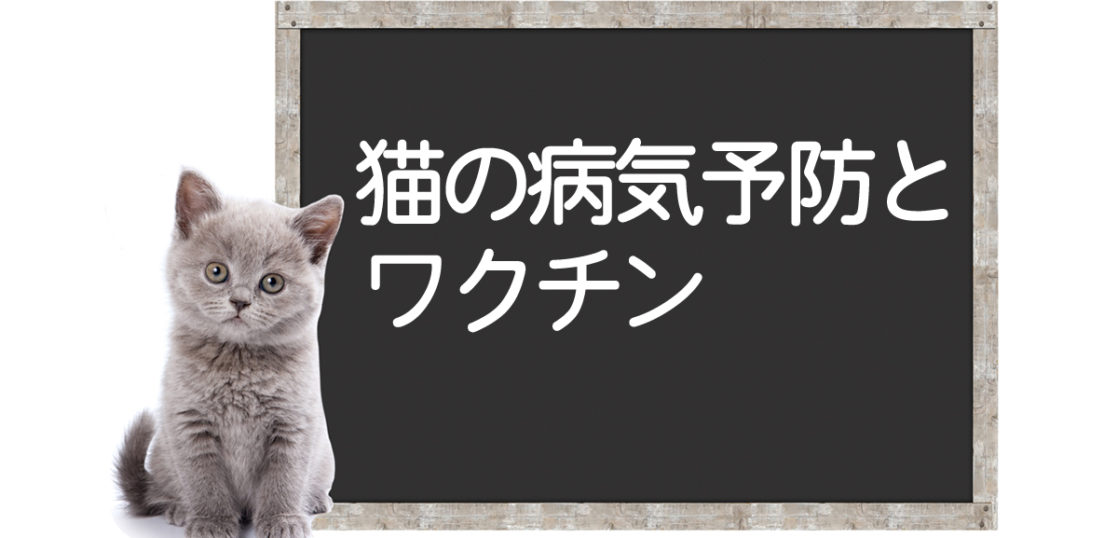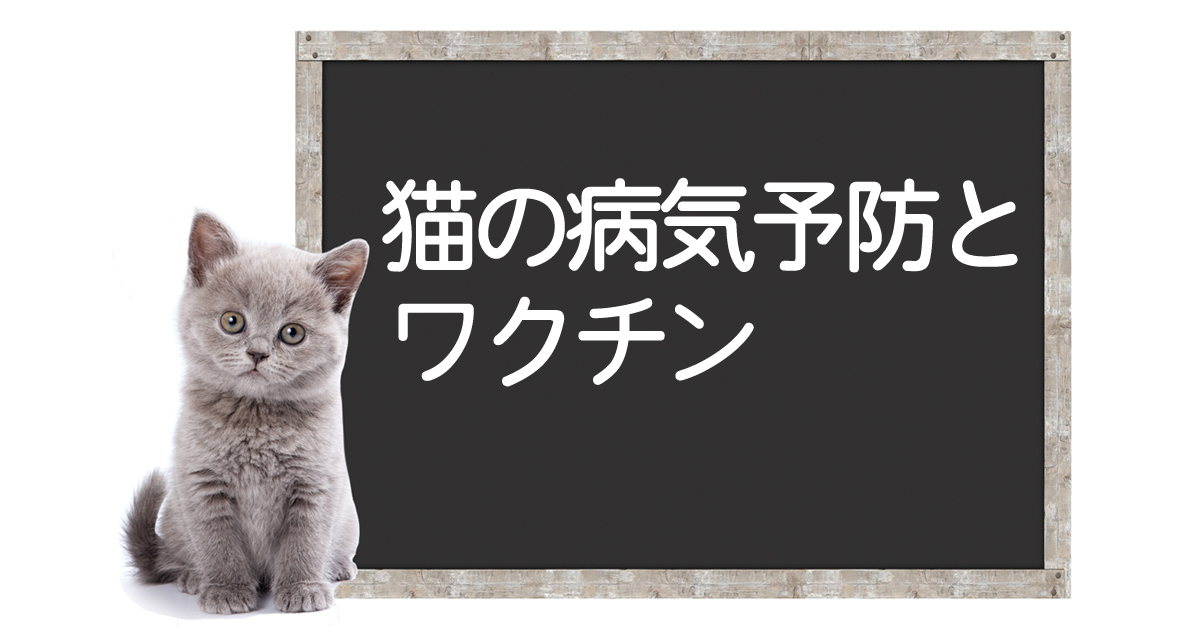目次
About Core Vaccines for Cats
Core vaccines help prevent viruses with high mortality rates. This page summarizes the pathologies caused by the viral diseases that the core vaccines for cats can prevent.
Feline Panleukopenia Virus (Feline Infectious Enteritis, Feline Parvovirus Infection)
Transmission Routes
The virus is transmitted to other cats through the excretions (urine, feces, saliva) of infected cats. In young cats with low resistance, it shows a high mortality rate. In adult cats and older, it generally results in asymptomatic infections (where the cat is infected but shows no symptoms) or mild symptoms. The incubation period (the period from infection to the appearance of symptoms) is about a few days to two weeks.
It does not infect humans.
Symptoms
① In kittens
Symptoms include acute enteritis, loss of appetite, lethargy, fever, abdominal pain, vomiting, and diarrhea. Dehydration due to vomiting and diarrhea is also observed. White blood cells drastically decrease (below 3,000/ml), which makes the cat prone to secondary bacterial infections and can lead to sepsis caused by these secondary infections, which can be fatal. If the virus infiltrates the nervous system, symptoms such as ataxia and tremors may also be observed.
Sudden death between 4 to 9 days after infection is also common.
② In adult and middle-aged cats
There are mostly no symptoms (asymptomatic infections), but occasionally, acute enteritis and a decrease in white blood cells are observed.
Treatment
There is no effective treatment, so it is crucial to suppress the virus and prevent secondary bacterial infections. Interferon is used for viral suppression, and antibiotics are used to prevent secondary bacterial infections. Additionally, fluid therapy and nutritional supplementation are performed to improve the overall condition and correct dehydration.
Prevention
Vaccination can prevent virus infection. Especially around 8 weeks of age, when the maternal antibodies begin to decline, is the most susceptible time, so it is important to ensure proper vaccination.
Feline Calicivirus
Transmission Routes
The virus is transmitted to other cats through the nasal discharge, excretions, eye discharge, and tears of infected cats. It is often asymptomatic in adult cats, but it can be fatal for kittens older than two months. Once infected, it is a virus that has a high probability of persisting in the body, so in households with multiple cats, it is inevitable that it will infect others.
It does not infect humans.
Symptoms
Cats may show fever, nasal discharge, respiratory issues, ocular diseases like conjunctivitis, and decreased appetite. As the infection progresses, blisters and ulcers appear on the mucous membranes of the tongue and nose, causing pain and excessive drooling. A similar viral disease is ‘Feline Viral Rhinotracheitis (Feline Herpes, Feline Cold),’ which mainly shows symptoms of eye discharge from conjunctivitis and sneezing. Other symptoms may include joint pain, edema, pancreatitis, pericarditis, pneumonia, and in severe cases, it can be fatal.
Treatment
There is no effective treatment, so it is essential to suppress the virus and prevent secondary bacterial infections. Interferon is used for viral suppression, and antibiotics are used to prevent secondary bacterial infections. Additionally, fluid therapy and nutritional supplementation are performed to improve the overall condition and correct dehydration.
Prevention
Vaccination can prevent virus infection. Especially around 8 weeks of age, when the maternal antibodies begin to decline, is the most susceptible time, so it is important to ensure proper vaccination.
Furthermore, since the virus is highly resilient, please disinfect any items used with an infected cat.
Feline Herpesvirus Type 1
This disease is also known as feline viral rhinotracheitis, feline cold, or feline herpes.
When contracted together with the previously mentioned feline calicivirus infection, the combined condition may be referred to as ‘viral respiratory infection.’
Transmission Routes
The infection spreads to other cats through nasal discharge, excrement, eye discharge, and tears of the infected cat.
The incubation period is said to be about 2 to 10 days, and in kittens and senior cats with weakened immune systems, it can cause severe symptoms such as pneumonia, often leading to death.
In pregnant cats, the virus is transmitted to the fetus through the mother. Infected newborns usually develop respiratory diseases and die within a month after birth.
It does not infect humans.
Symptoms
① Acute Phase
Severe inflammation can be seen in the upper respiratory tract.
After several days of fever, coughing, sneezing, nasal discharge, and tearing can be observed. As the condition progresses, drooling and stomatitis may occur, leading to loss of appetite.
In advanced inflammation, respiratory distress may occur, and secondary infections can result in purulent (greenish) discharge.
If conjunctivitis occurs, it can progress to ulcerative keratitis, and in severe cases, the cornea may perforate, potentially leading to blindness.
② Chronic Phase
After overcoming the acute phase, symptoms may subside; in some cases, there may be no symptoms. However, the virus remains dormant in the body and continues to shed for several years.
Treatment
There is no effective treatment available; suppressing the virus and preventing secondary bacterial infections are crucial.
Interferon is used to suppress the virus, and antibiotics are used to prevent secondary bacterial infections.
Additionally, fluid therapy and nutritional support are provided to improve overall condition and dehydration.
Prevention
Vaccination can prevent the virus infection.
It is especially important to vaccinate around 8 weeks of age when maternal antibodies diminish, as it is the most susceptible period for infection.
However, because there are several types of herpesviruses, occasional infections may still occur even after vaccination.
Nevertheless, pre-vaccination can mitigate the symptoms even if infected with a different herpesvirus, making vaccination advisable.
As illustrated, there is no definitive treatment for viral diseases, with the main strategies involving maintaining strength and using antibiotics to prevent secondary infections.
To avoid contracting viral diseases, vaccination is crucial, but the most important is to build resistance—meaning immune strength.
Fostering Immune Measures for a Peaceful Life
Our laboratory is conducting research on how Cordy affects the immunity of dogs and cats.
After vaccination, the immune system can become disrupted, so please take measures to support immunity.
If you have any questions, please contact us.
監修獣医師:林美彩 所属クリニック:chicoどうぶつ診療所

代替療法と西洋医学、両方の動物病院での勤務経験と多数のコルディの臨床経験をもつ。 モノリス在籍時には、一般的な動物医療(西洋医学)だけでは対応が困難な症例に対して多くの相談を受け、免疫の大切さを痛烈に実感する。
ペットたちの健康維持・改善のためには薬に頼った対処療法だけではなく、「普段の生活環境や食事を見直し、自宅でさまざまなケアを取り入れることで免疫力を維持し、病気にならない体づくりを目指していくことが大切である」という考えを提唱し普及活動に従事している。
所属:





